2016 Porsche Panamera S E-Hybrid

| The Good: – Amazing fuel economy – Cabin design and trim – Ride and handling |
The Bad: – Pretty expensive – Average rear space – Battery takes up boot space |
There was a time when hybrids were cars built just for maximum fuel economy, performance be damned. But that was a decade ago. Hybrids are more mainstream now, even if they are still taking time to pick up in the Middle East. And helping that along is Porsche, with a hybrid that’s far from what you’d picture in your mind.
This here is the Porsche Panamera S E-Hybrid. It is a plug-in hybrid that runs on petrol, self-generated electricity and even power out of your wall socket. And it looks exactly like a regular Panamera on the outside. Whether you like how a Panamera looks or not, this one actually looks pretty good in person, with the dark paintjob, the cool 20-inch wheels and the new-in-2014 facelift. It’s certainly the only super-luxury sedan you can confidently drive yourself, when being behind the wheel of an S-Class or a 7-Series is a sure-fire way of being mistaken for a chauffeur.

It’s stunning inside, if somewhat impractical. There’s leather on every inch of the cabin, black-varnished wood and metal trimmings. There’s not a lot of padding under that leather, even on the armrests. And that raised centre-console design robs it of space for any kind of storage, save for a solitary cup-holder and a place to keep your keys in.
There are handy pockets on the front seatbacks and all the doors though, as well as an armrest cubby that’s partly taken up by a built-in cordless phone. It’s very spacious up front, while headroom is good for all passengers, despite the low-slung profile. Rear legroom is average, although they still found space for flip-out trays and another single cup-holder at the expense of a centre seat, essentially making it a car with four racer-style bucket seats with fixed headrests. The powered liftback-style tailgate opens up to a carpeted boot that’s long in length, but shallow in depth due to batteries underneath the floor, thereby offering less cargo room than a non-hybrid Panamera.
There are several nice tech features, such as circular LCD within the gauges, power-operated everything including rear-side window sun-blinds, digital a/c controls for all four passengers, and even that redundant mobile-sized cordless phone. And then there are outdated things like the relatively-small touchscreen and the use of a key-style twist-knob instead of a simple starter button. There are also too many buttons, so it takes a while to find things, although they’re nicely laid out and clearly marked. There is a lot of available equipment, such as turning xenon headlights, navigation, Bluetooth, a strong stereo with USB port and the decent climate-control a/c.
Standard safety features include a full set of airbags, ABS with EBD, stability control, tyre-pressure monitor and such, but more proactive aids are optional, such as surround-view cameras, blind-spot monitoring, lane-departure warning and adaptive cruise control with a forward collision mitigation system that issues audible and visual warnings, then automatically applies the brakes to a stop if needed.

The Panamera S E-Hybrid comes with a supercharged 3.0-litre V6 making 333 hp and 440 Nm of torque, backed up by an AC induction electric motor with a new 9.4kWh lithium-ion battery pack that adds 94 hp and 310 Nm, for a combined power rating of 416 hp at 5500 rpm and 590 Nm of torque from 3000 rpm. Aside from green brake calipers and badges, clues to this Panamera’s plug-in nature include fuel-tank flaps on either side of the car, one for the usual petrol-filler inlet and the other for an electric socket.
As per the official specs, the hybrid begins with emissions-free and quiet driving up to a top speed of around 130 kph, and over a range of up to 25 km. The petrol engine starts up automatically when more power is needed, and the electric motor adds to the output as long as the batteries have juice. In low-speed coasting, the petrol engine shuts off to allow the car to glide for some distance under its own momentum, thereby further reducing fuel consumption. In a non-moving traffic jam, the engine turns off by itself, starting up again automatically when needed, such as when the a/c has used up all the electric juice or if it’s time to speed away.
Ideally, the system is most effective when left to its own devices in standard hybrid mode to optimise its power sources as required. However, it is possible to choose electric-only mode by pressing the “E-Power” button, which is also the default start-up mode. In reality, during our warm October test in Dubai, the electric range seemed to be less than 20 km, although the car does keep recharging using energy generated from the moving engine and the regenerative braking.
When the battery’s power runs low, pressing the “E-Charge” mode uses the petrol engine more heavily for driving and uses the electric motor to generate battery charge, which is stored until you re-engage full EV mode. So you can later use no petrol when crawling around in a parking lot or in heavy traffic later.
But how does it drive? Well, we got a 0-100 kph time of 6.4 seconds with ESP on. That’s not bad for a car weighing 2 tons, but more impressively, our overall fuel consumption was only 10.2 litres/100 km. Part of that is due to the automatic engine start-stop system in traffic, although it doesn’t stay off for too long if the a/c is on. The gauges give a constant readout about what’s going on with the car’s powertrain, making for a more interesting drive as you try to engage the electric motor more.
The E-Hybrid drives like a regular car for a most part, with a few idiosyncrasies. The engine automatically turning off every time you start braking can be an odd feeling. There is also a slight delay in throttle response when accelerating from a stop, as the engine needed a few milliseconds to turn on when moving again. The 8-speed automatic seems tuned for economy, being lazy on when it chooses to upshift and downshift. And the brake pedal feel is uneven, most likely an effect of the regenerative braking system.
Switch to “sport” mode though, and the car’s character changes, as it sticks with the proper petrol engine the entire time. Throttle response improves and there’s no delay in accessing the power.
Grip is excellent from the ultra-wide 255/40 front and 295/35 rear tyres on 20-inch alloys. Handling is neutral and its limits are high, although the weight is obvious when the car responds with understeering tyre squeal on tighter corners.
It’s also fairly smooth and generally silent on highway jaunts, except for road noise at speeds around 120 kph, likely noticeable only because of no obvious wind noise or engine rumble, the latter being when cruising in electric mode.
Hybrids and electric cars are rarely interesting to drive, but the Porsche Panamera S E-Hybrid is one car we actually enjoyed over the course of several days. We didn’t even try plugging in the car for recharging, which takes several hours and access to a plug-point that your wired plug can reach, because being a petrol hybrid, it can keep running anyway and recharging in the process by itself. Oil won’t be cheap forever, and this is the ideal kind of “green” car, high price notwithstanding, although to be fair, it costs about the same as a regular Panamera 4S.
| Price Range: Dh 485,000-550,000 Current Model Introduced in: Body Styles: Engines: Transmissions: Setup: Suspension: |
Brakes: Front: discs Rear: discs Curb Weight: Length: Wheelbase: Top Speed: Test Acceleration 0-100 kph: Observed Test Fuel Economy: |
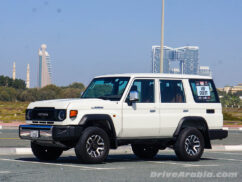
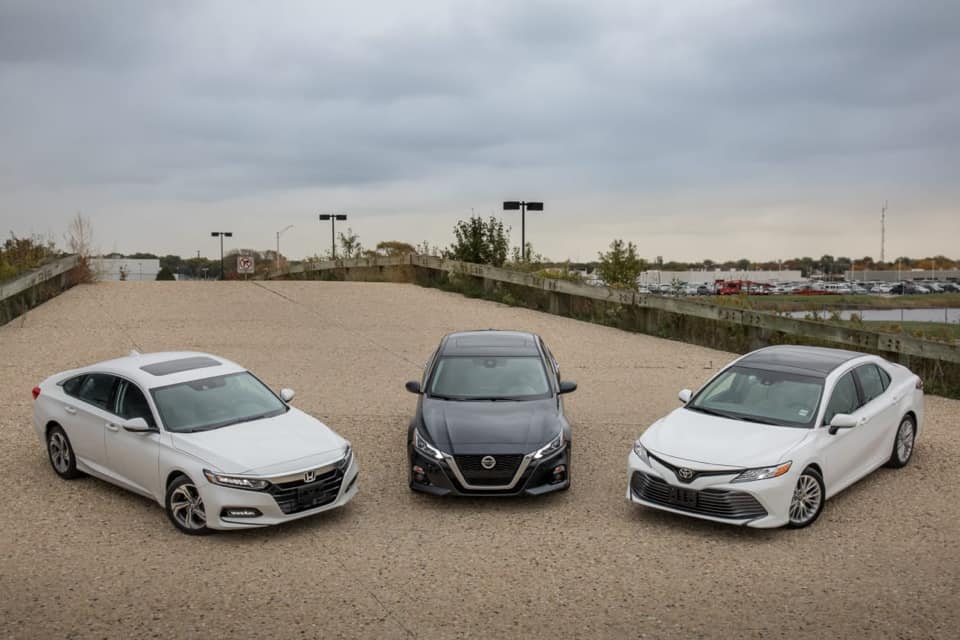
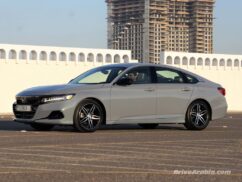
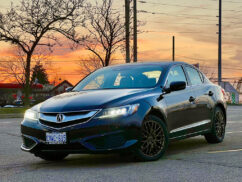
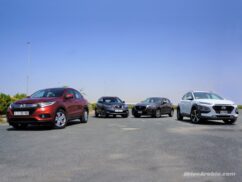
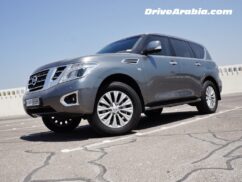
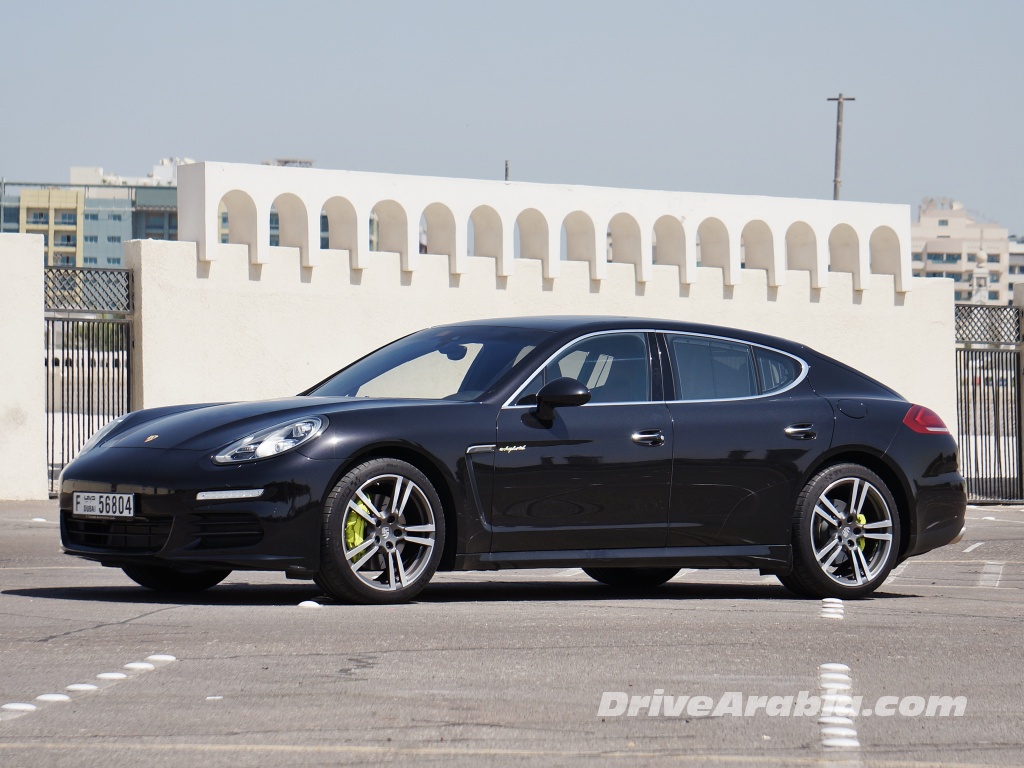
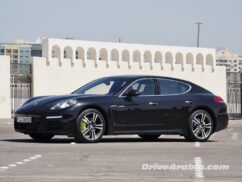
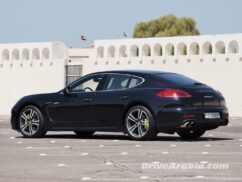
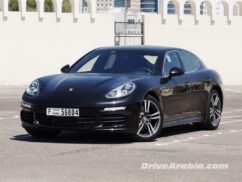
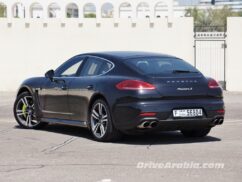
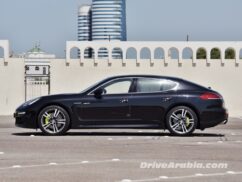
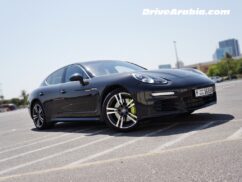
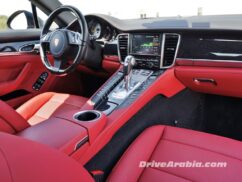
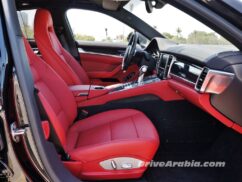
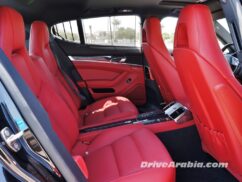
There are no comments. Be the first!